Industry information
Company News
- Imitation stone patterned aluminum veneer, the new darling of modern architecture!
- Aluminum veneer: the "fashionable coat" of modern architecture
- Imitation stone patterned aluminum veneer: the new darling of modern architecture!
- Aluminum veneer customization, creating the art of personalized space
- Hey guys, have you ever thought that if the walls, windowsills, or balconies in your home become
Industry dynamics
- Aluminum veneer: the new aesthetic favorite of modern architecture
- Imitation stone patterned aluminum veneer: a fashionable choice for modern architecture
- The new trend of aluminum veneer, the new favorite of modern architecture!
- Innovation of irregular ceiling aluminum veneer changes the trend of architectural aesthetics
- Aluminum veneer: the fashionable new favorite of modern architecture
Frequently asked questions
- What is the anti mold performance of aluminum veneer?
- What are the color and style options for aluminum veneer?
- What is the discoloration performance of aluminum veneer?
- Is the fire resistance of aluminum veneer related to its material?
- Can aluminum veneer be used for architectural arch design?
contact us
Mobile:+86 15627778610
Email: 2201229786@qq.com
Address: No. 5 Binjiang Road, High tech Zone, Zhaoqing City, Guangdong Province
Can aluminum veneer be used in low-temperature environments?
- Author: Supreme Building Materials (Guangdong) Co., Ltd
- Release time: February 28, 2025 12:50:01
- Click:0

Aluminum veneerAs a new type of exterior wall decoration material, it has good decorative and environmental performance. Aluminum veneer is widely used in various types of buildings in the construction industry. Whether aluminum veneer can be used in low-temperature environments is also an important issue. Let's take a detailed look at the usage of aluminum veneer in low-temperature environments.
1、 Material characteristics
The main material of aluminum veneer is aluminum alloy, which has good corrosion resistance and plasticity. Compared to traditional building materials, aluminum veneer has better durability and stability, and can adapt to different climate and environmental conditions. Aluminum veneer also has good thermal insulation and sound insulation properties, which can effectively reduce energy consumption and environmental pollution.
2、 The impact under low temperature environment
Aluminum veneer may experience some issues in low-temperature environments. For example, under extremely low temperature conditions, aluminum veneer may experience cracking, deformation, and other issues, which can affect its service life and aesthetics. In low-temperature environments, the surface coating of aluminum veneer may also be damaged to a certain extent, thereby affecting its decorative effect.
3、 Application scope limitations
The low-temperature use of aluminum veneer also needs to consider the limitations of its application range. Generally speaking, aluminum veneer is mainly used in building structures such as curtain walls, ceilings, and partitions. These structures need to have a certain load-bearing capacity and stability. If the building structure is unreasonable or the design is not scientific, it will lead to poor performance of aluminum veneer and even safety hazards.
4、 Conclusion
Aluminum veneer can be used to some extent in low-temperature environments, but attention should be paid to the limitations of its application scope and possible problems. By selecting and applying aluminum veneer materials that meet the corresponding requirements and standards, as well as taking appropriate measures for protection and maintenance, the effectiveness and safety of aluminum veneer in low-temperature environments can be effectively ensured. It is also necessary to select aluminum veneer products and service providers that are suitable for local characteristics based on actual situations and specific needs, in order to ensure the safety, stability, and aesthetics of buildings.

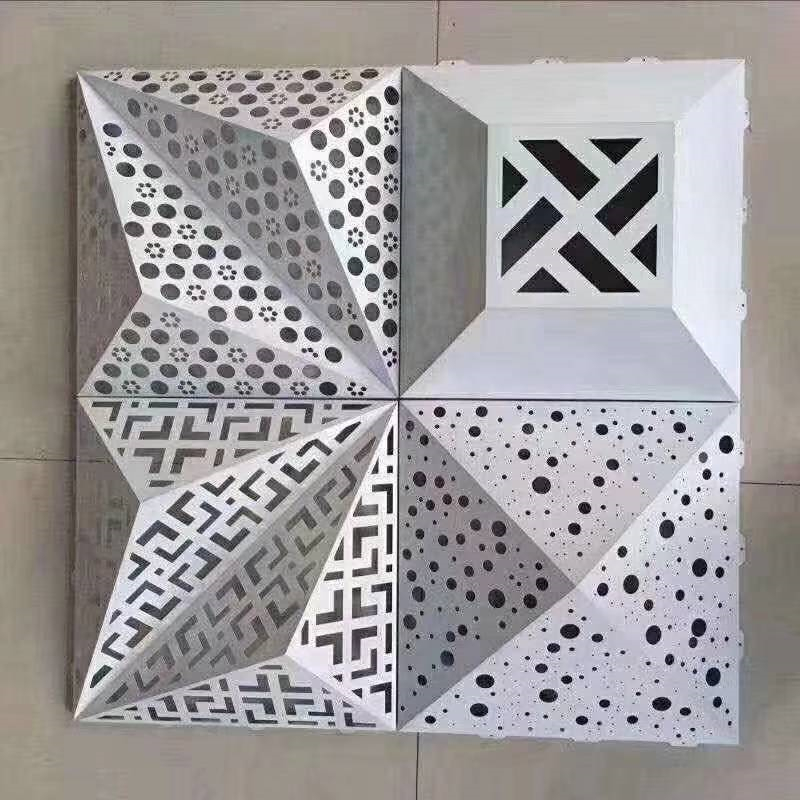
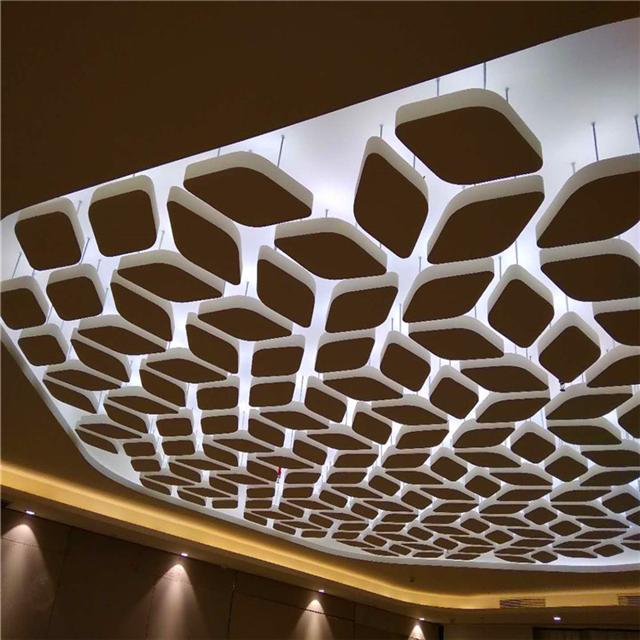
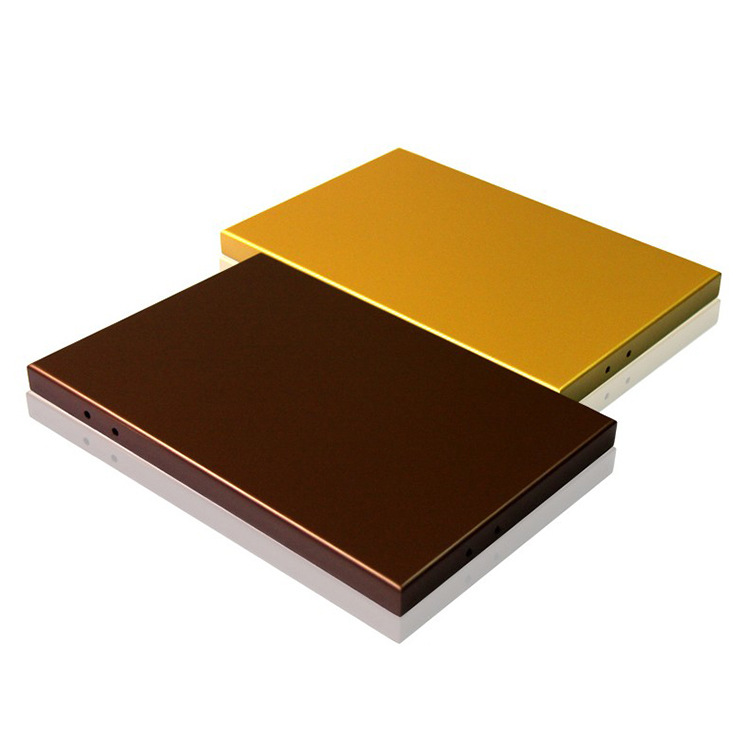
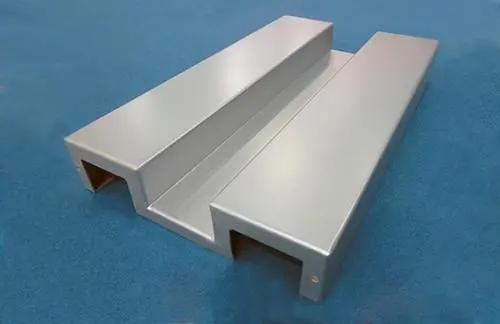
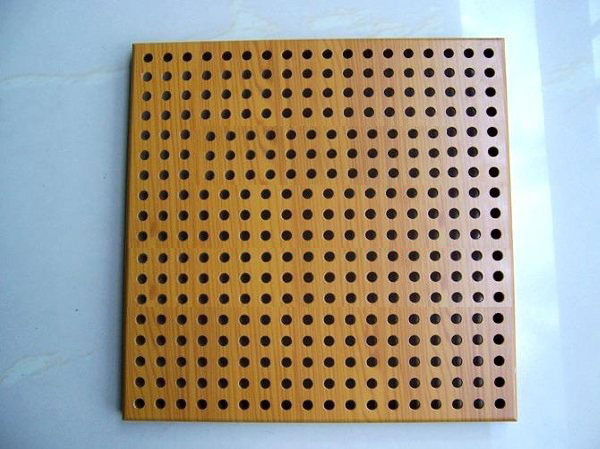
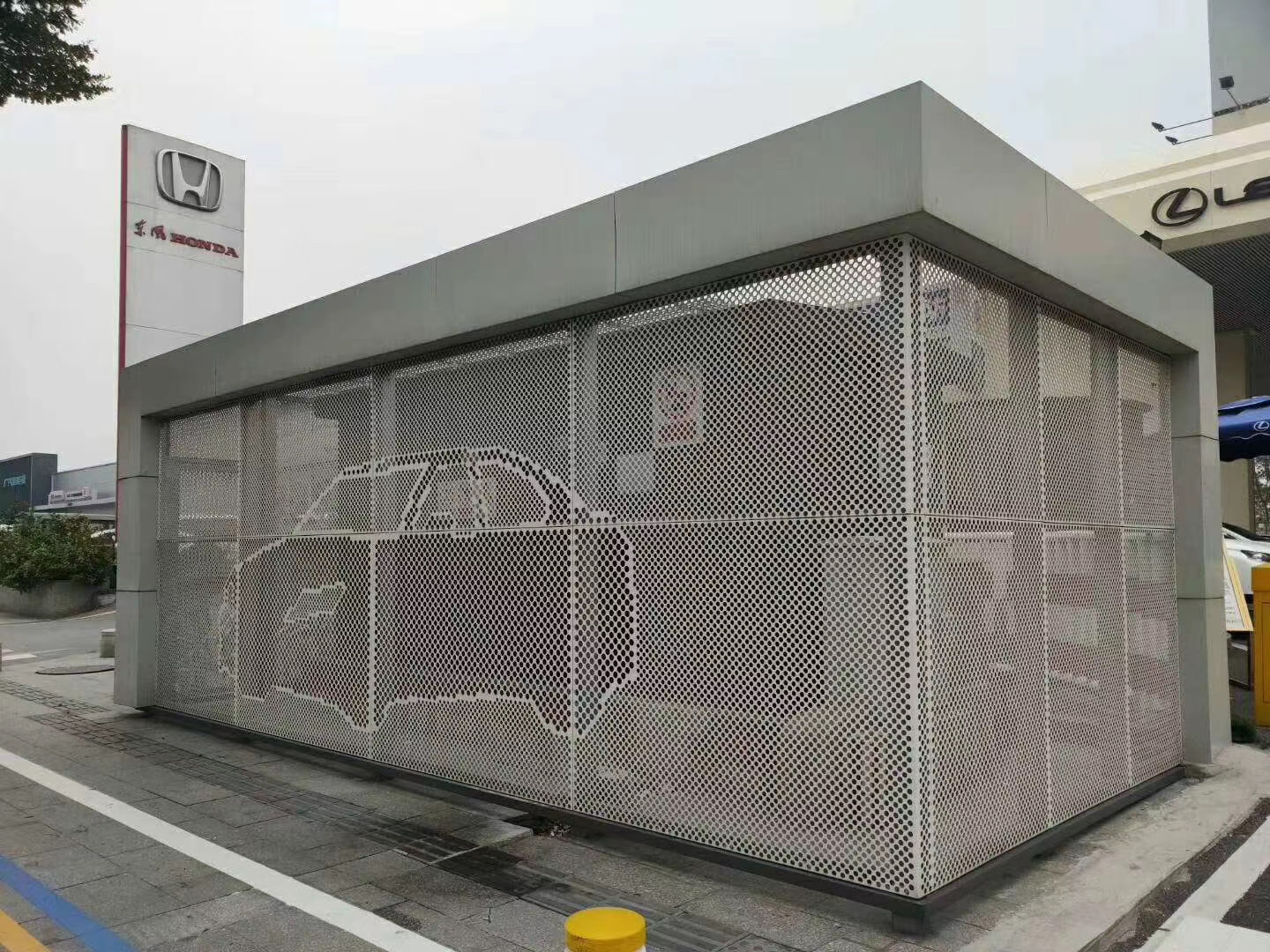
 Customer service QQ
Customer service QQ